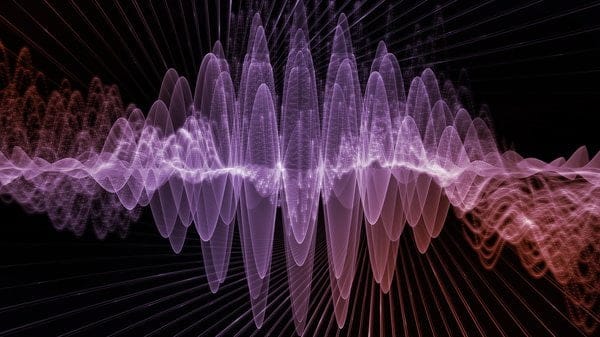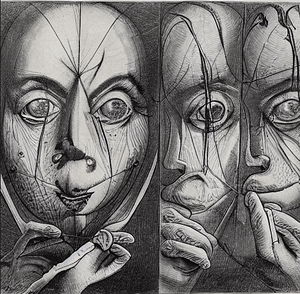Table of Contents
As we speak of quantum physics, we know that it was concluded from the theories to explain observations which could not be reconciled with classical physics. Quantum mechanics defines the characteristic properties of nature of atoms and subatomic particles, which were not appropriately being explained by the classical physics known to us. It allows the calculation of properties of physical systems in the microscopic form like that in molecular, atomic or sub-atomic forms. In context to quantum mechanics, classical physics is that which do not use quantization paradigms like general relativity and classical electromagnetism.

What is the definition of classical physics?
It simply refers to as the predate explanations of the modern theories of physics. The question may arise how this differs from the modern theories of physics that branches out to form different types.
Modern physics includes quantum theory and relativity when required. Classical physics tend to fail to provide explanation of the particles at atomic level or even lower than that. That’s where quantum mechanics play a vital role. One such example is that earlier with classical physics light was assumed to be passing through a stationary medium, ether (luminiferous aether), which was later discovered to not exist.
Mathematically, classical physics do not appear in planks constant. According to the correspondence principle and Ehrenfest’s theorem, as a system expands, classical dynamics tend to emerge with exceptions as that of superfluidity. Thus, quantum physics can be ignored while dealing with everyday objects while classical physics suffice.
Important terms included in quantum physics:
- Quantum tunnelling– electron going up against a potential gradient is able to cross it even if its kinetic energy is smaller than the maximum of the potential.
- Quantum entanglement- on the occasion of interactions of the quantum systems, the definition of ‘whole’ in terms of individual part becomes impossible as the properties of systems get intertwined.
- Quantum interference– two waves combine by addition of their displacement at every point in space and time (double-slit experiment define the process well).

What do we know about the Multiverse?
The concept of multiverse states that a group of multiple universes constitutes everything that exists or we know of – space, time, matter and physical laws. Universes within a multiverse are termed as parallel universe, alternate universe, quantum universe, interpenetrating dimensions and so on. Physicists argue on the existence of the concept as it cannot be empirically falsified. Some even believe this to be more of a philosophical notion than that of a scientific hypothesis.
Physicists Paul Davies mentioned in the New York times that the explanations of the extreme multiverse are reminiscent of the theological discussions as there is a certain limit to our telescopic vision and between that and the idea of infinite number of universes, reliability reaches a limit.
George Ellis, professor of mathematics, suggests that the whole concept of multiverse is to explain the nature of existence and it is entirely metaphysical that cannot be determined by empirical science.
Several theories were put up to support the concept. Physicists who believed in the concept offered classification schemes as well. (Max Tegmark’s four levels, Brian Greene’s nine types of universe, etc.)
- M- theory: framework in which particles in particle physics are replaced by one dimensional objects called strings.
- Black-hole cosmology: the observable universe is the interior of the black hole existing as one of possibly many universes inside a larger universe.
- Anthropic principle: suggests that there is a restrictive lower bound on how statistically probable our observations are on the universe. Also suggests that we could exist only in a particular type of universe.
The quantum multiverse creates a new universe when diversion in events take place, as in many worlds interpretations of quantum mechanics (Brian Greene’s sixth of the nine types of universes).

Frequently Asked Questions (FAQs)
Q1: What is Quantum Physics?
Quantum physics, also known as quantum mechanics, is a branch of physics that describes the behavior of matter and energy at the smallest scales, such as atoms and subatomic particles.
Q2: What is the Multiverse Theory?
The Multiverse Theory is a speculative idea in physics that suggests the existence of multiple universes, each with its own set of physical laws and properties. It proposes that our universe is just one of many universes that coexist simultaneously.
Q3: How does Quantum Physics relate to the Multiverse Theory?
Quantum physics provides the theoretical framework for understanding the possibilities of multiple universes within the Multiverse Theory. Quantum mechanics allows for the existence of superposition, entanglement, and probabilistic outcomes, which are essential concepts in exploring the idea of a multiverse.
Q4: Are there any experimental evidences supporting the Multiverse Theory?
As of now, there is no direct experimental evidence that definitively proves the existence of a multiverse. The concept of a multiverse remains largely theoretical and is based on mathematical models and theoretical predictions.
Q5: What are some interpretations of the Multiverse Theory?
There are several interpretations of the Multiverse Theory, including the Many-Worlds Interpretation, the Inflationary Multiverse, and the Brane Multiverse. Each interpretation proposes different mechanisms for the existence of multiple universes.
Q6: Can the Multiverse Theory be tested or observed?
Testing the Multiverse Theory is a challenging task due to the nature of the multiverse being beyond our observable universe. However, scientists continue to develop theoretical frameworks and indirect methods to explore the possibility of detecting signatures or traces of other universes within our own.
Q7: What implications does the Multiverse Theory have for our understanding of reality?
The Multiverse Theory challenges our traditional understanding of reality and raises profound questions about the nature of existence, consciousness, and the fundamental laws of physics. It sparks philosophical debates and prompts scientists to reconsider our place in the cosmos.
Q8: Are there any practical applications or technologies related to the Multiverse Theory?
Currently, there are no direct practical applications or technologies that stem from the Multiverse Theory. However, the exploration of quantum physics, which is closely tied to the concept of a multiverse, has led to advancements in various fields such as quantum computing and cryptography.



